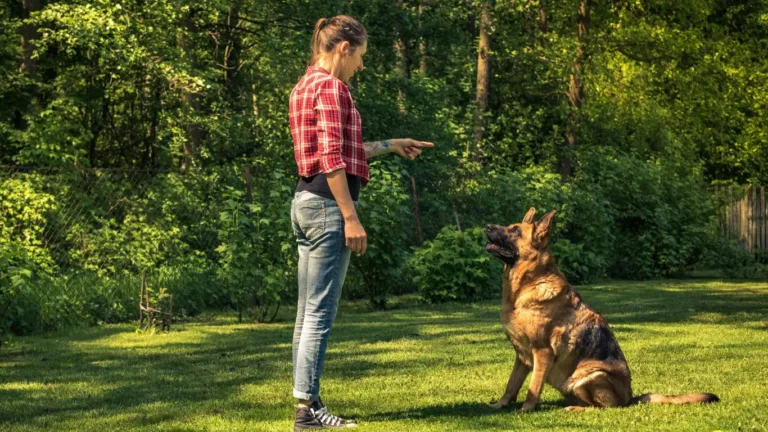Ultimate Guide to Dog Care for Happy, Healthy Pets
Welcome to the ultimate guide to dog care for happy, healthy pets! As a Canine-Assisted Therapy Trainer, I’ve had the privilege of working closely with dogs of all breeds and personalities, helping them live their best lives. Whether you’re a first-time dog parent or a seasoned pet owner, there’s always something new to learn about keeping your furry friend in top shape. In this guide, we’ll dive deep into the essentials of dog care – from training tips to health advice and everything in between. Let’s get started!
Understanding Your Dog’s Needs
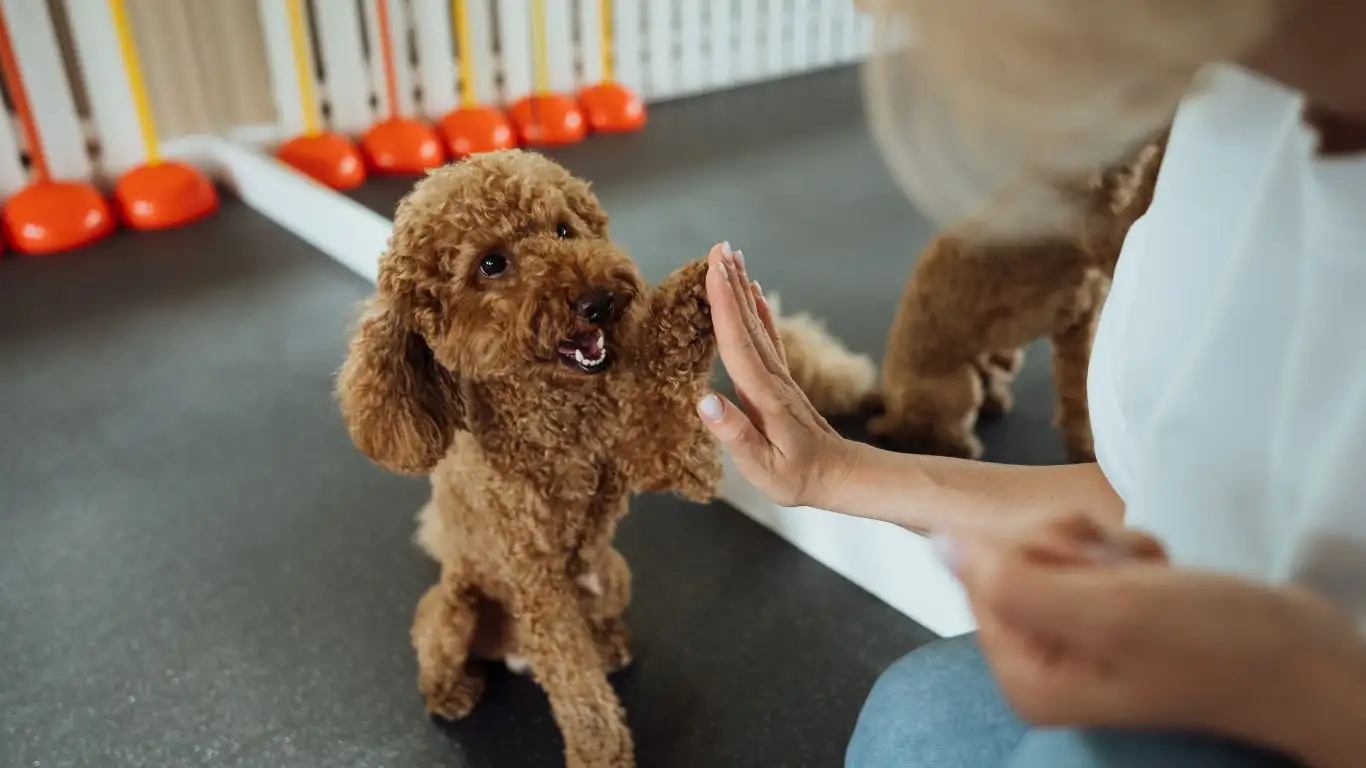
Dogs, like people, have unique needs that go beyond just food and water. As much as we love to pamper our pets, true happiness and health come from understanding their specific requirements for a fulfilling life. This starts with understanding their physical, mental, and emotional needs.
Physical Needs: The Foundation of Good Health
Physical health is the cornerstone of a dog’s well-being. Regular exercise is essential, not just to keep them fit but to help with their mental stimulation. If you’re lucky enough to have a high-energy dog, like a Border Collie or Labrador, you might already know the importance of providing them with ample playtime and daily walks. But even more laid-back breeds like Bulldogs or Chihuahuas need daily activity to keep their muscles toned and their spirits high.
As part of my experience working with therapy dogs, I’ve seen how vital regular exercise is in keeping dogs happy and healthy. It doesn’t have to be hours of running at the park; even a brisk walk or a good tug-of-war session can work wonders for their energy levels. Additionally, regular vet checkups to monitor their health, vaccinations, and preventive care are critical. An ounce of prevention is worth a pound of cure, as they say!
Mental Stimulation: A Happy Mind Equals a Happy Dog
Just like humans, dogs need mental stimulation to thrive. Without it, they can become bored, anxious, or even destructive. As a Canine-Assisted Therapy Trainer, I’ve worked with dogs who’ve faced behavioral challenges due to a lack of proper mental enrichment. These challenges were often alleviated with activities like puzzle toys, obedience training, and scent games.
Interactive toys and treat puzzles are a great way to keep your dog mentally engaged. Dogs also love learning new tricks, and trust me, they enjoy the challenge! Training not only strengthens the bond between you and your pet but also gives them a sense of purpose. Whether you’re teaching basic commands or advanced tricks, your dog will appreciate the interaction.
Nutrition: Fueling Your Dog’s Body
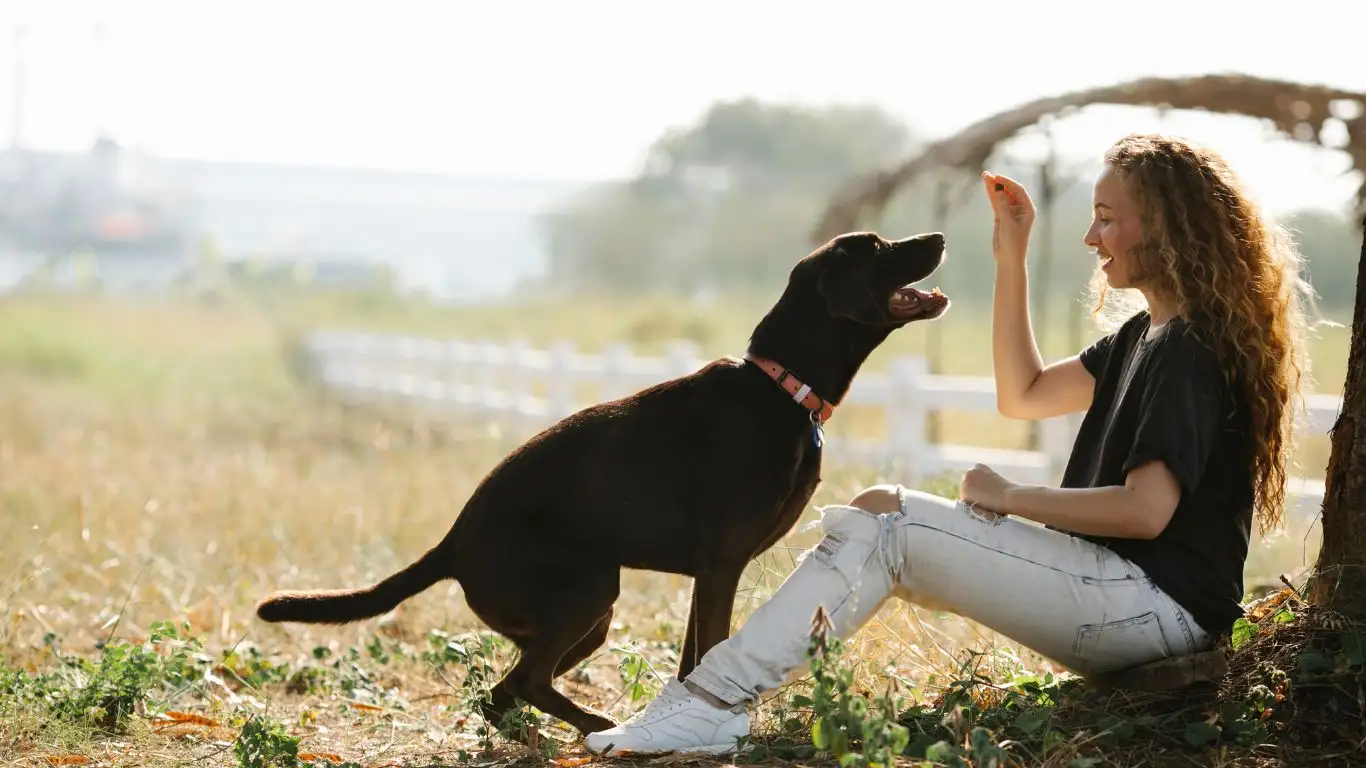
Good nutrition is a vital component of dog care. I’ve often found that a dog’s behavior and energy levels can be directly linked to their diet. Choosing the right food for your dog’s breed, age, and activity level is crucial for ensuring they get the proper nutrients. Whether you opt for dry food, wet food, or a raw diet, it’s important to read the labels and select high-quality ingredients.
How to Choose the Right Dog Food
When selecting food, look for options that list real meat as the first ingredient. Avoid fillers like corn, soy, and by-products. You’d be surprised how many commercial dog foods contain these ingredients, which aren’t as nutritionally beneficial for your pet. Dogs are naturally carnivores, so protein should be the foundation of their meals.
If you’re unsure about the best food for your dog, it’s a good idea to consult with your vet. Some dogs have specific dietary needs due to allergies or sensitivities, and your vet can guide you on choosing a food that suits their individual needs. And don’t forget – always make sure your dog has access to fresh, clean water at all times!
Portion Control and Treats
One of the biggest mistakes dog owners make is overfeeding. While it’s tempting to give your dog treats or extra food, too much can lead to obesity, which can cause numerous health problems. I’ve seen firsthand how easy it is to give in to those puppy eyes, but portion control is essential to maintaining a healthy weight. Stick to the recommended serving sizes for their food and limit treats to occasional rewards for good behavior.
Grooming: Keep Your Dog Looking and Feeling Great
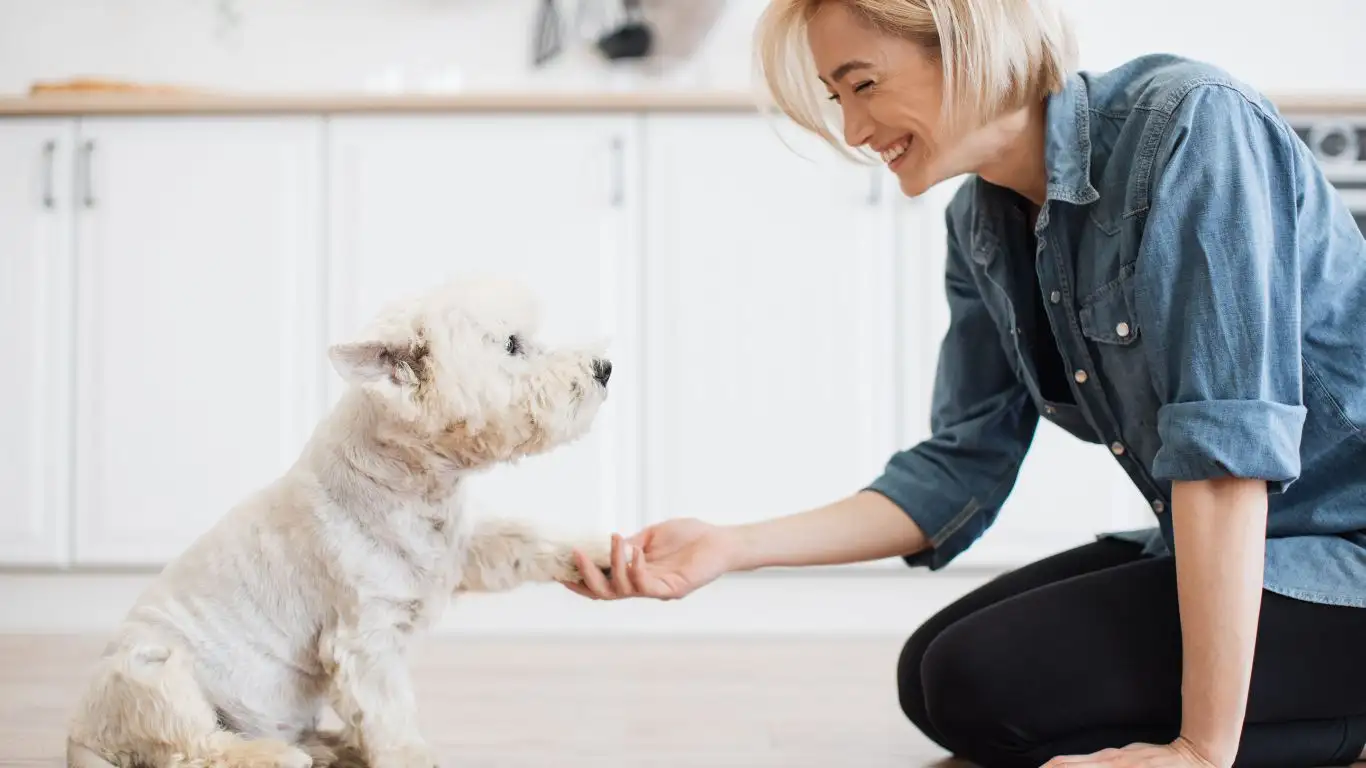
Grooming isn’t just about keeping your dog looking sharp; it’s also essential for their health and comfort. Regular grooming helps prevent skin issues, matting, and even more severe health problems like ear infections or dental disease. Plus, it’s an excellent opportunity to bond with your pet. If you’re unsure how often to groom your dog, consider their coat type. Long-haired breeds need more frequent brushing, while short-haired dogs might only need grooming once a month.
Bathing and Brushing
Bathing should be done based on your dog’s lifestyle and needs. If your dog is an outdoor adventurer, they might need more frequent baths to remove dirt and debris. However, avoid over-bathing, as it can dry out their skin. I always recommend using a gentle, dog-friendly shampoo that won’t irritate their skin.
Brushing is just as important as bathing. For long-haired dogs, regular brushing prevents mats and tangles that can cause discomfort. For short-haired dogs, brushing helps to remove loose hair and reduces shedding around the house.
Training and Socialization: Building a Well-Behaved Dog

Training your dog isn’t just about teaching them commands – it’s about building a strong relationship and creating a well-rounded, confident pet. A well-trained dog is happier, safer, and less likely to get into trouble. Having been a Canine-Assisted Therapy Trainer for years, I’ve witnessed how crucial training is for a dog’s mental well-being and their ability to interact positively with humans and other animals.
Basic Commands and Obedience Training
Start with the basics – sit, stay, come, and down. These commands lay the groundwork for more advanced training and are essential for safety. I’ve seen how these simple commands have helped prevent dogs from running into traffic or getting into dangerous situations. They also provide structure and consistency, which dogs thrive on. Remember, consistency is key! The more often you practice these commands with your dog, the more ingrained they become in your dog’s behavior.
If you’re working with a puppy, start early. Socialization and training should begin as soon as you bring your new furry friend home. Puppies are like sponges – they absorb everything around them, so it’s the perfect time to teach them to interact calmly with people and other animals. But even if you have an adult dog, it’s never too late to start training. Dogs of all ages can learn new tricks and behaviors!
Positive Reinforcement and Patience
One of the best methods I’ve found in my work as a trainer is positive reinforcement. Rewarding good behavior with treats, praise, and play helps reinforce the behavior you want to see more of. Dogs love to be praised and often respond better to positive reinforcement than to punishment-based training methods. I’ve also seen how patience plays a huge role in training. Some dogs pick up new tricks quickly, while others need more time, and that’s perfectly okay! Just like people, every dog learns at their own pace.
Health and Wellness: Keeping Your Dog in Top Shape
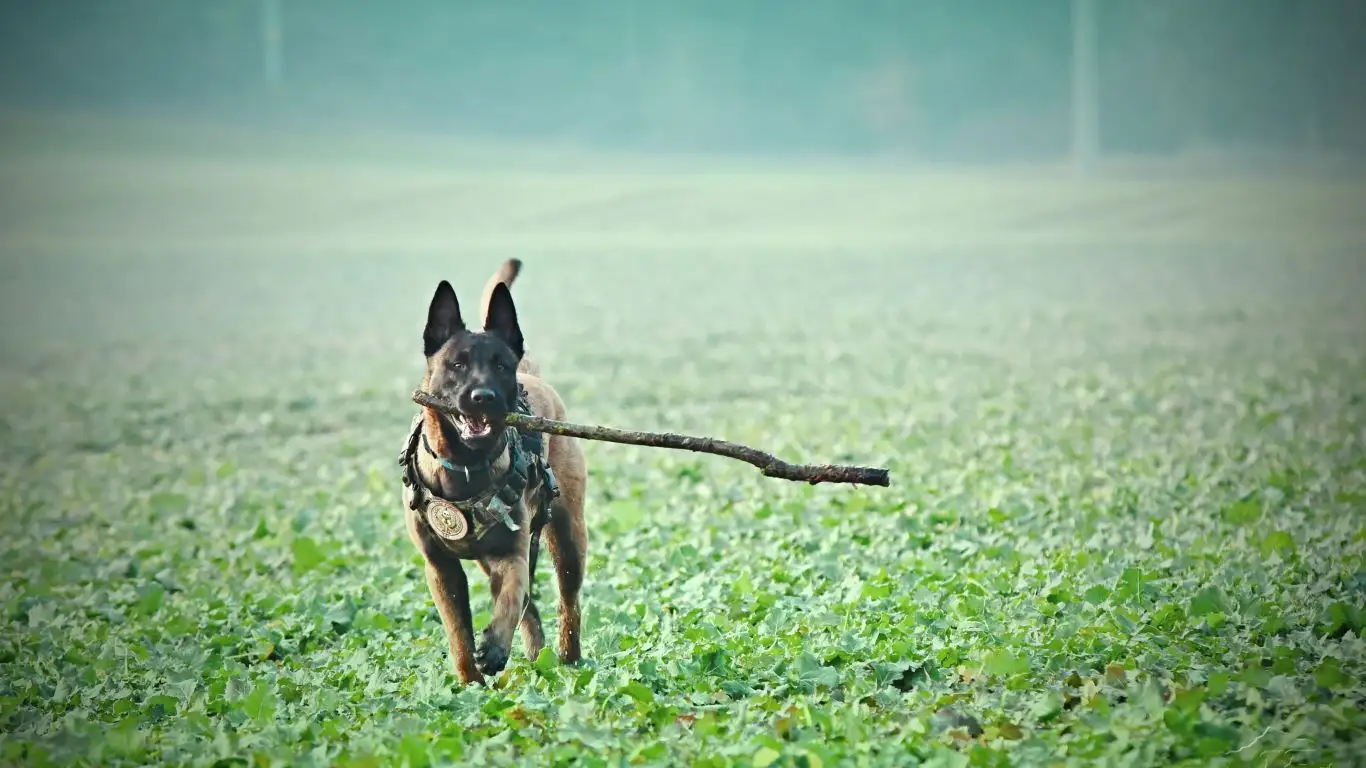
Just like any other member of your family, your dog needs regular health check-ups to ensure they’re living their healthiest life. The best part? Keeping up with a good health routine doesn’t just involve visiting the vet – it’s about preventive care and healthy habits you can incorporate into your dog’s daily routine.
Regular Vet Visits and Preventive Care
Routine veterinary checkups are a must. I’ve seen so many dogs who are healthier and happier because their owners stay on top of their vet visits. These checkups allow for early detection of health issues that may otherwise go unnoticed. Regular vet visits ensure your dog stays up to date on vaccinations and preventatives, including flea, tick, and heartworm medications. It also gives your vet the chance to discuss any dietary changes or health concerns you may have noticed.
For instance, certain breeds are prone to specific health issues, like hip dysplasia in larger breeds or respiratory issues in brachycephalic dogs. Early intervention can make all the difference, and your vet can guide you in monitoring or managing these conditions to ensure your dog’s long-term health.
Dental Care: An Often Overlooked Necessity
Oral health is one aspect of dog care that’s often overlooked. Just like humans, dogs can suffer from dental problems like gum disease and tooth decay. I can’t emphasize enough how important it is to brush your dog’s teeth regularly and keep an eye out for any signs of dental issues like bad breath, yellow teeth, or drooling. There are even dog-friendly toothbrushes and toothpaste that make it easy to keep their smile sparkling! If you’re unsure about the best way to care for your dog’s teeth, your vet can provide guidance and may even recommend professional cleanings if necessary.
Weight Management: Keeping Your Dog Fit and Healthy
Maintaining a healthy weight is another important factor in ensuring your dog lives a long, healthy life. Obesity can lead to various health problems, including heart disease, joint issues, and even diabetes. I’ve worked with several dogs in therapy settings who’ve experienced a major improvement in their behavior and energy levels after losing weight. It’s crucial to measure out your dog’s food and avoid free-feeding, where food is available at all times. Many pet owners unknowingly overfeed their dogs, thinking it’s a way to show love. But in reality, it can lead to serious health complications.
Creating a Safe and Stimulating Home Environment
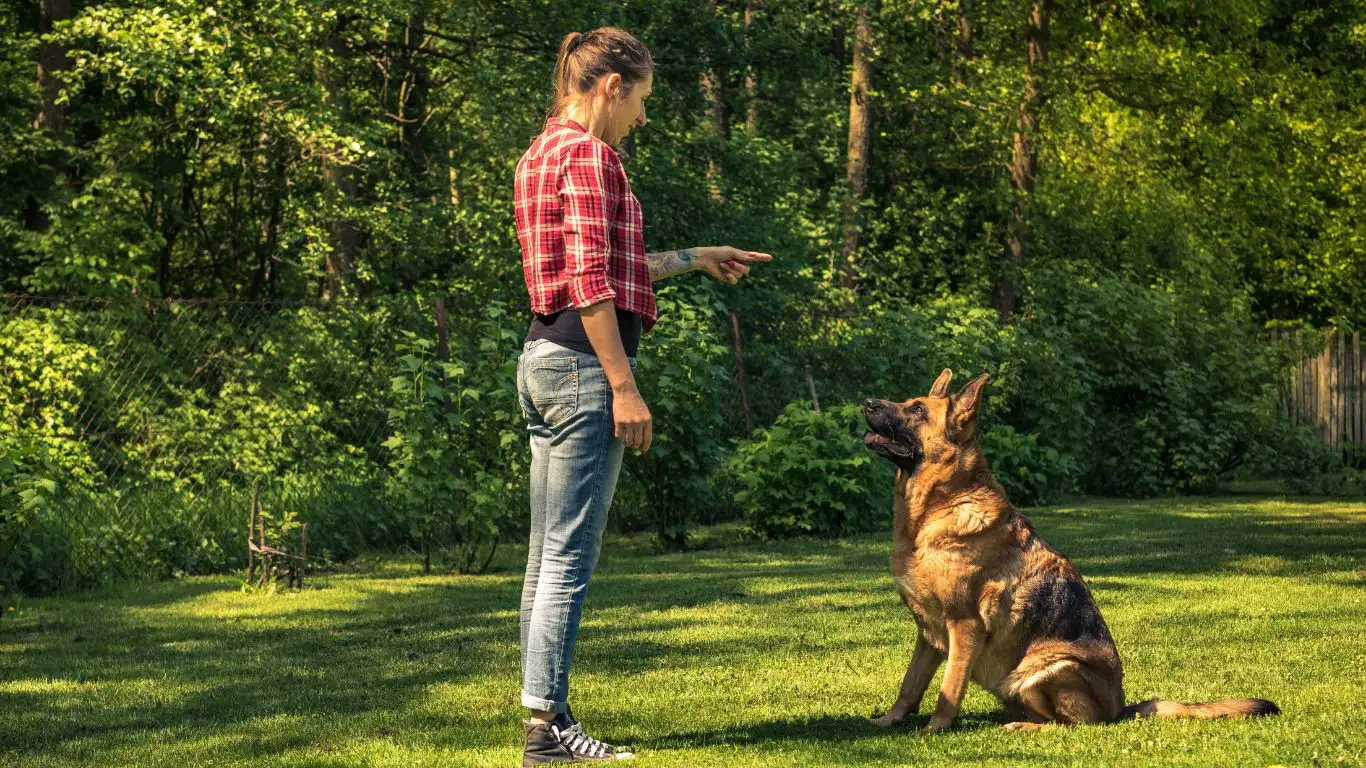
Dogs need a safe, secure environment to thrive in, both physically and emotionally. Whether you live in an apartment or a large house with a backyard, it’s essential to create a space that’s enriching and safe for your dog. After all, a happy home environment is key to a well-adjusted pet!
Safe Spaces and Boundaries
One of the first things I do when working with therapy dogs is teach them the importance of a safe space. Every dog needs a place where they can retreat and relax, whether it’s a bed, crate, or designated corner of the room. These safe spaces allow your dog to have some downtime and helps them feel secure in their environment. If you’re crate-training a puppy, it’s an excellent way to help them feel safe and reduce anxiety when you’re not around.
Enrichment: Keeping Your Dog Engaged
Dogs are intelligent animals who need mental and physical stimulation to prevent boredom. A bored dog can become destructive, so keep your pet engaged with toys, puzzle feeders, and interactive playtime. Rotate their toys regularly to keep things fresh, and don’t forget to spend quality time together. Even just 10-15 minutes a day of focused play or training can make a huge difference in your dog’s overall happiness and behavior.
Dealing with Behavioral Issues: Helping Your Dog Be Their Best Self

Even the best-behaved dogs can occasionally have behavioral issues. Whether it’s chewing on furniture, barking excessively, or being fearful of new experiences, these behaviors can be frustrating for dog owners. However, with the right approach and some patience, you can guide your dog toward becoming a well-mannered companion. As a Canine-Assisted Therapy Trainer, I’ve seen firsthand how behavior challenges can be solved with the right training techniques and understanding.
Addressing Destructive Behavior
If your dog is chewing your shoes or furniture, it’s often a sign of boredom or anxiety. Many dogs, especially puppies, chew to explore their environment or to relieve stress. It’s crucial to provide them with appropriate chew toys and outlets for their energy. I always tell my clients that it’s not just about stopping the behavior, but also about offering a healthier alternative. This could be a durable chew toy, a puzzle feeder, or even a game of fetch to burn off energy.
In cases where chewing is a result of anxiety, try to create a calm environment at home. Some dogs benefit from calming aids like anxiety wraps or pheromone diffusers. Also, regular exercise is key. A tired dog is less likely to engage in destructive behavior, as they’re more focused on relaxing after a good play session!
Excessive Barking: What You Can Do
Excessive barking can be a sign of frustration, boredom, or a lack of proper training. It’s natural for dogs to bark, but if it becomes a constant issue, it’s time to address it. Start by identifying the triggers that cause your dog to bark. Are they reacting to sounds outside? Do they bark when they’re left alone? Once you understand what causes the barking, you can begin to address it through training.
For instance, if your dog barks when someone comes to the door, teaching them a “quiet” command can be incredibly effective. Positive reinforcement is key here – reward them when they stop barking. If your dog barks due to separation anxiety, consider crate training or gradually getting them accustomed to being alone for short periods of time.
Veterinary Care and Insurance: Safeguarding Your Dog’s Health

Vet visits are essential, but what happens if your dog gets sick or injured outside of routine checkups? That’s where veterinary insurance comes in. While some pet owners may opt not to purchase insurance, I’ve personally seen how beneficial it can be when unexpected health issues arise. As a dog trainer, I’ve often encountered situations where clients were faced with hefty medical bills because their dogs needed emergency treatment. Having pet insurance can provide peace of mind and financial relief during those stressful moments.
Understanding Pet Insurance
Pet insurance helps cover the costs of veterinary care in case of illness or injury. There are various types of coverage, including accident-only plans, comprehensive coverage, and wellness plans. It’s important to research and choose the right plan for your dog’s needs and your budget. Some plans even offer coverage for routine checkups, which can help offset the costs of annual exams and vaccinations.
Before committing to any policy, take the time to read the fine print and understand the exclusions and deductibles. It’s also wise to compare multiple providers to find the best value for your pet’s specific needs. Having the security of insurance can help you make decisions based on what’s best for your dog’s health, rather than on cost alone.
Ensuring Your Dog’s Long-Term Happiness
Maintaining your dog’s happiness is about more than just food, exercise, and training. It’s about creating a life filled with love, attention, and experiences that stimulate both their body and mind. If I could offer one key piece of advice, it would be to always prioritize the bond you share with your dog. This connection is at the heart of everything else. When dogs feel secure, loved, and understood, they are happier, healthier, and more well-behaved.
Spend Quality Time Together
It may sound simple, but the best thing you can do for your dog’s mental health is to spend quality time with them. Whether it’s cuddling on the couch, going for a walk, or playing a game, these moments strengthen your relationship and provide emotional enrichment for your dog. I’ve witnessed how dogs who have consistent, positive interactions with their owners tend to be more confident, well-adjusted, and less prone to anxiety or behavioral issues.
Continued Learning and Adaptability
Just like us, dogs continue to learn and grow throughout their lives. As a dog owner, it’s important to stay adaptable. As your dog ages, their needs may change, and being attuned to those changes ensures they remain healthy and happy. The more you learn about your dog and their unique personality, the better you’ll be at providing the best care possible. Don’t be afraid to reach out to professionals for guidance, whether it’s a vet, trainer, or behaviorist.
References
Disclaimer: The information provided in this article is for general informational purposes only. It is not intended to be a substitute for professional veterinary or medical advice. Always consult with your veterinarian or a trained professional before making decisions about your dog’s health or behavior.




